The most common question asked on Lonely Speck answered for Canon shooters!
What is the best lens for astrophotography? The one that collects the most light.
Below is a list of the highest scoring lenses for untracked nightscape photography and astrophotography. The score is a direct representation of light gathering capabilities based on the formula:
Score = (aperture area) × (angular area) × (suggested shutter speed)
Where the shutter speed is the longest suggested shutter speed in seconds based on the “500 Rule” (500/focal length). Aperture area is the surface area calculation of the clear aperture of the lens and the angular area is the angular field of view in square radians. This score is a mathematical calculation based purely on some simple physics. It doesn’t account for other considerations like the lens’s build quality or optical aberrations but it’s a good gauge of overall light gathering capability. You can also see the complete list of scores here, complete with calculations and further explanation.
All of the lenses listed here are my personal suggestions for photographers looking to get the absolute best astrophotography results with their camera. If using the given camera mount, these are the lenses that I would use. Most of these lenses are manual focus lenses by Rokinon which also tend to be much more affordable than their autofocus Canon counterparts. Additionally, most of the Rokinon lenses are sharper and tend to exhibit less coma aberration than their Canon counterparts. If you’re willing to learn how to use manual focus, Rokinon lenses are spectacular performers.
If you would like to know more about the thoughts that went into creating this list, please read my article on how to pick a lens for Milky Way photography.
EF Mount (Full Frame and APS-C)
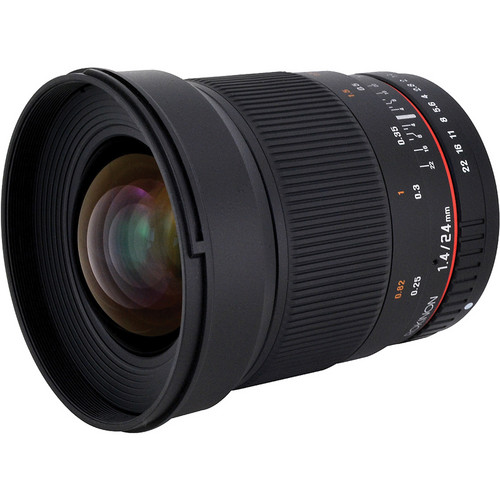
24mm/1.4: Rokinon 24mm f/1.4 ED AS UMC ( Amazon / B&H )
- The best night photography and astrophotography lens you can buy. Excellently sharp, especially when stopped to f/2. Manual focus.
- My full review of the Rokinon 24mm f/1.4
- Score: 2869
- This is my go-to lens for astrophotography on a full-frame DSLR. It’s fast, wide and shows very little aberration problems. Still my personal favorite for Canon full frame DSLRs like the 6D, 5D Mark III and 5DS/R cameras.
- Sample from the Rokinon 24mm f/1.4:
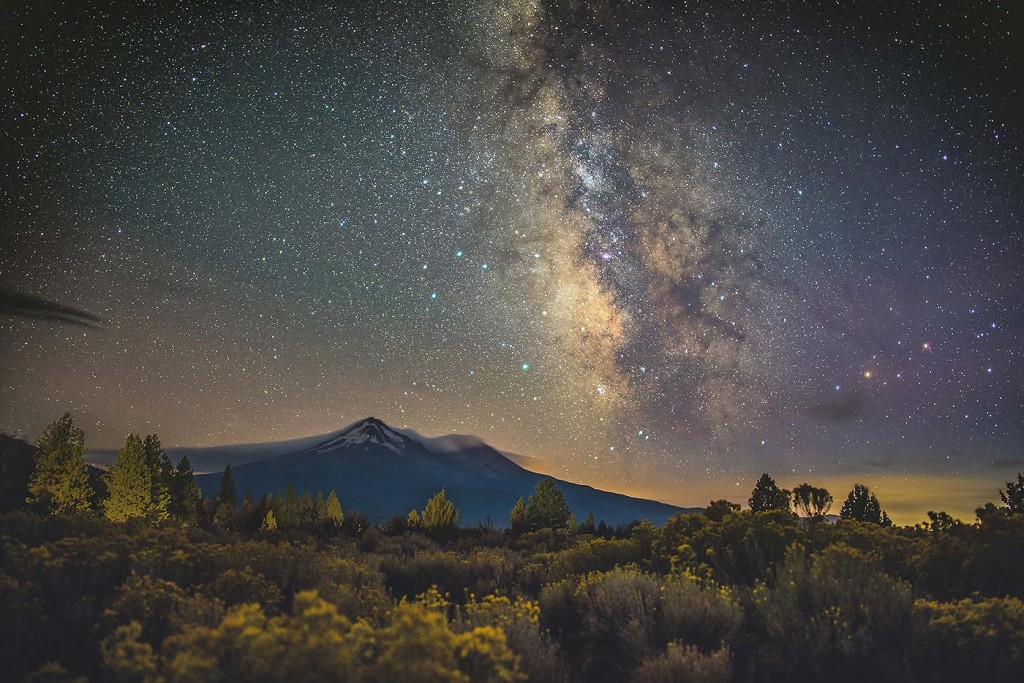
35mm/1.4: Rokinon 35mm f/1.4 US UMC ( Amazon / B&H )
or Sigma 35mm f/1.4 DG HSM Art ( Amazon / B&H )
- Standard wide angle for tighter landscapes or stitching multiple exposures into larger panoramas. Rokinon is manual focus, Sigma is autofocus.
- Score: 2084
14mm/2.8: Rokinon 14mm f/2.8 IF ED UMC ( Amazon / B&H )
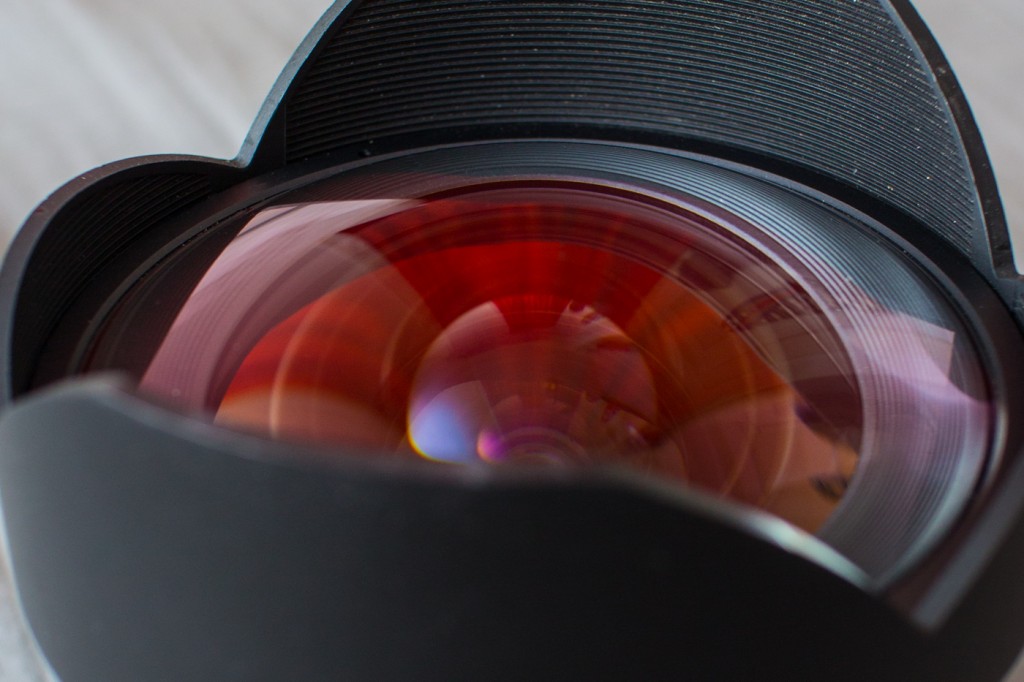
- Essential ultra-wide angle for large sweeping landscapes. Manual focus. One of the most affordable full frame nightscape lenses.
- My full review of the Rokinon 14mm f/2.8
- Score: 1032
- Sample image from the Rokinon 14mm f/2.8:
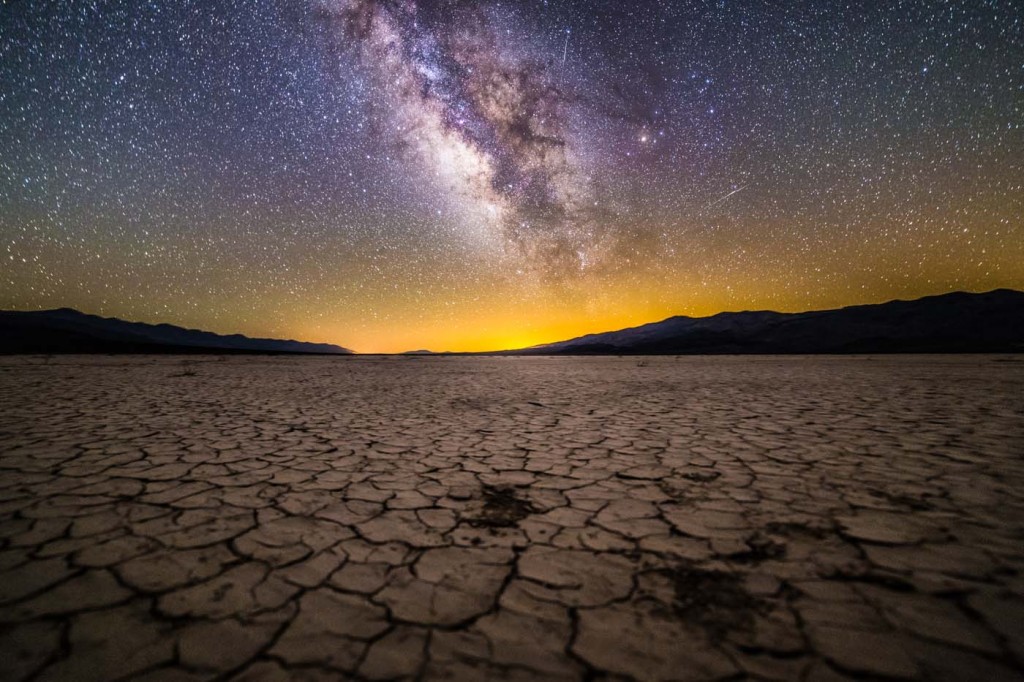
EF-S Mount (APS-C Only)
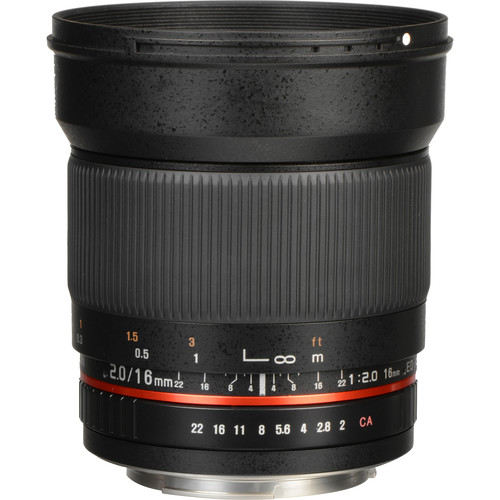
16mm/2.0: Rokinon 16mm f/2.0 ED AS UMC CS ( Amazon / B&H )
- The best combination of wide angle and large aperture. Manual focus.
- Score: 1875
10mm/2.8: Rokinon 10mm f/2.8 ED AS NCS CS ( B&H )
- APS-C alternative to the Rokinon 14mm/2.8. Excellent for ultra-wide angle landscapes. Manual focus.
- Score: 1184
11mm/2.8: Tokina 11-16 f/2.8 AT-X PRO DX II ( Amazon / B&H )
- Covers the same range as the two previous lenses combined. Excellent super wide angle zoom with autofocus.
- Score: 1149 (at 11mm)
EF-M Mount (APS-C Mirrorless)
12mm/2.0: Rokinon 12mm f/2.0 NCS CS ( Amazon / B&H )
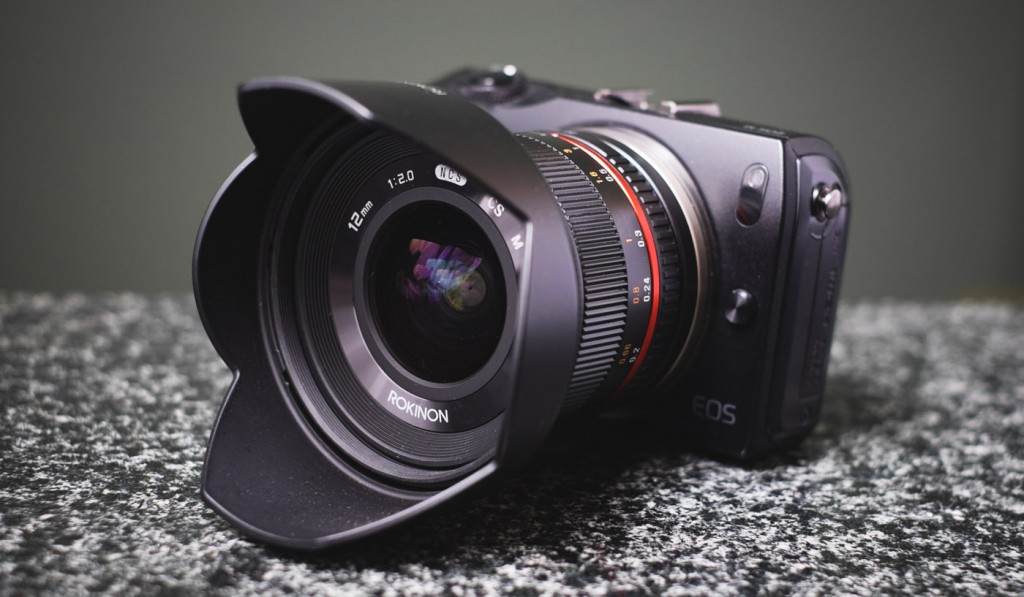
- Best lens for astrophotography on a mirrorless system. Nice and compact, best combination of super-wide field of view and large aperture.
- Score: 2176
- Sample image from the Rokinon 12mm f/2:
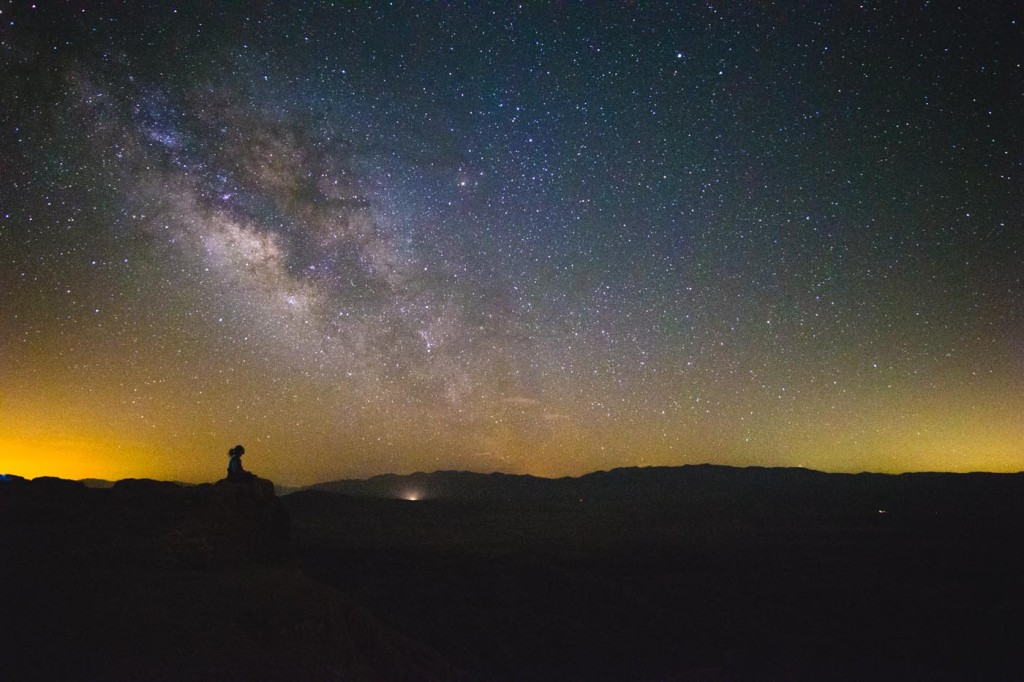
22mm/2.0: Canon EF-M 22mm f/2.0 STM ( Amazon / B&H )

- Surprisingly sharp and extremely compact lens. Also very cheap. Standard wide angle view makes it good for panorama stitches.
- Score: 1505
- Sample image from the Canon EF-M 22mm f/2 STM:
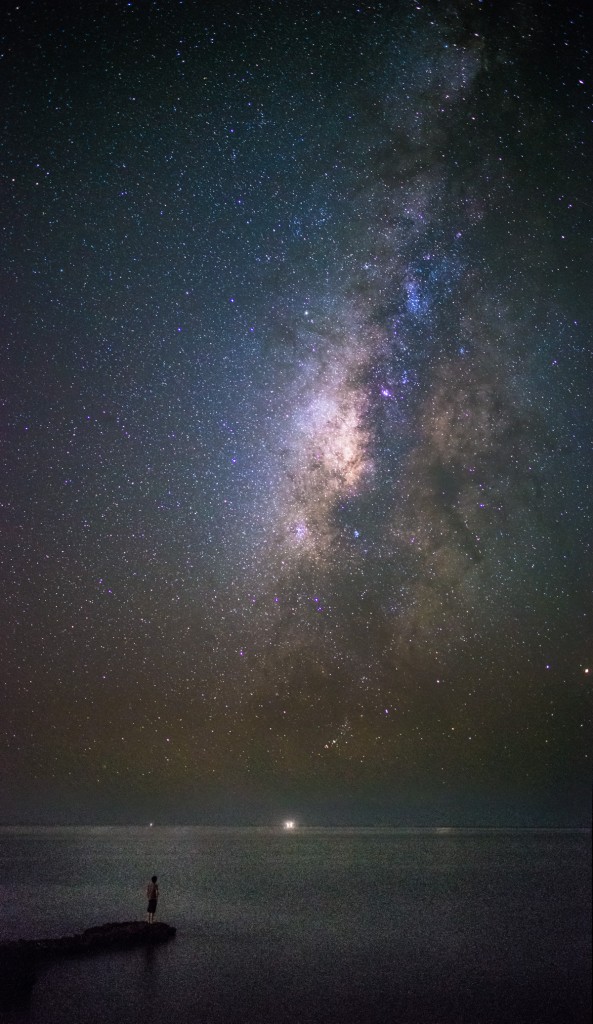
8mm/2.8: Rokinon 8mm/2.8 Fisheye II ( Amazon / B&H )
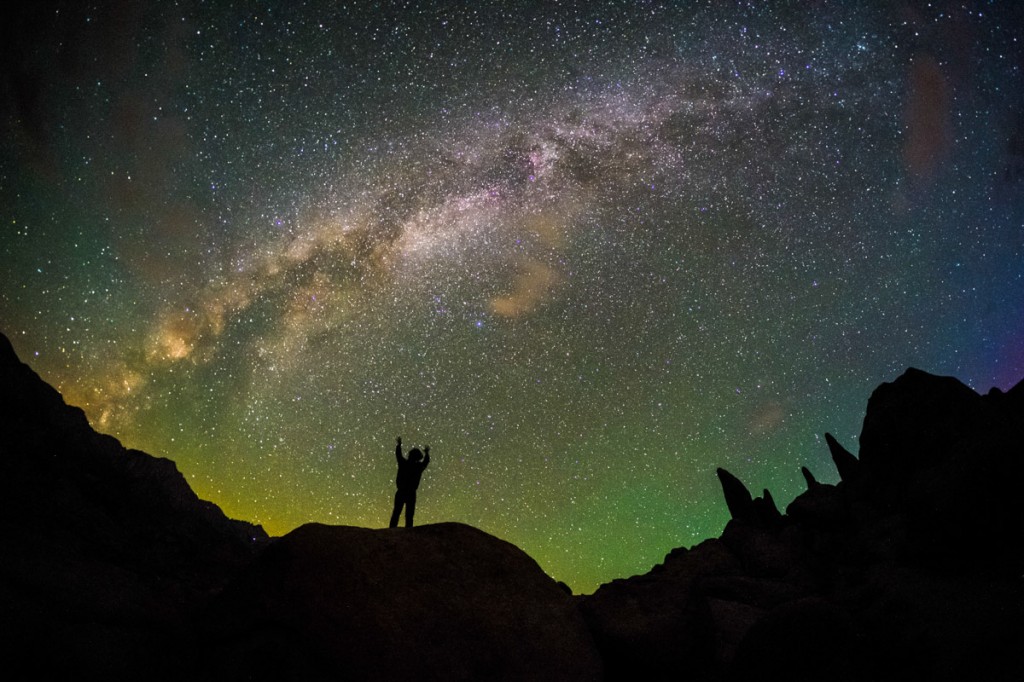
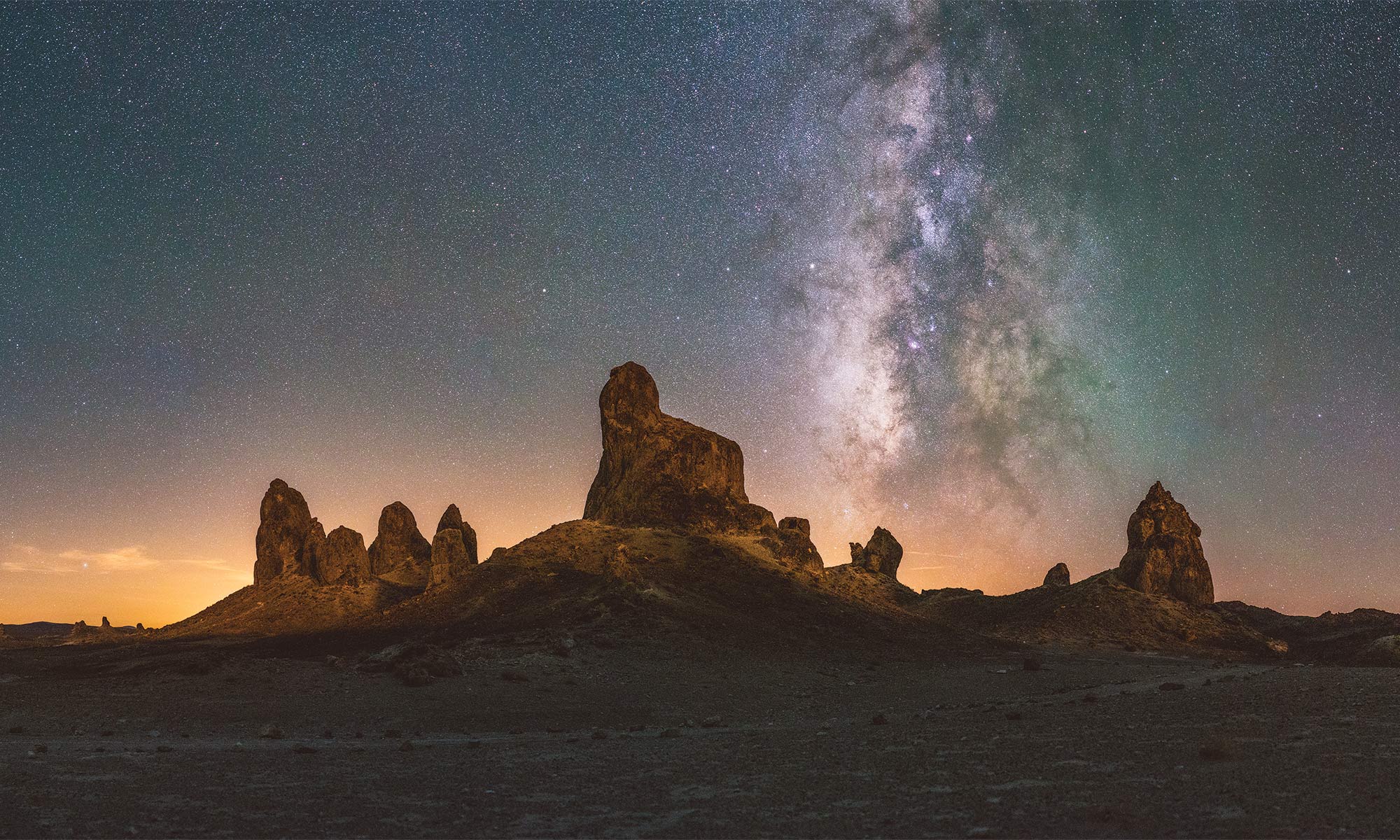
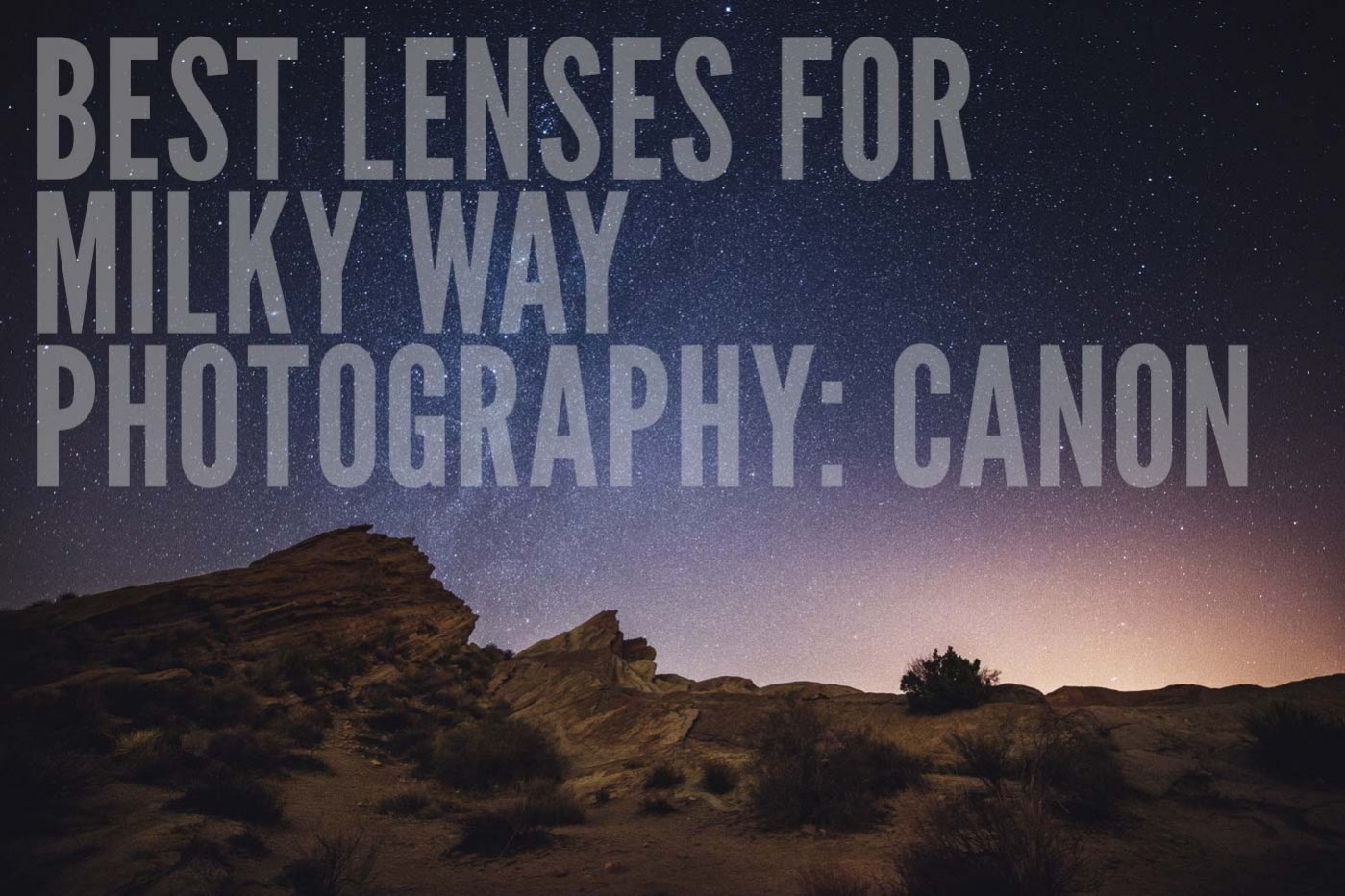
Hi there, with regards to the lenses. Is there a reason for preferring the 14mm over the 24mm? Is it just that the field of view is greater or is there something more fundamental?
Thanks
I usually like the wider field of view.
Hi, a very nice article. I am having a canon 6d with 24-105mm lens.
do you recommend use of this lens for astral photography or will i need 300mm or longer lens.
please suggest i am in a very bad state of confusion.
Harkishan, please read my article: How to Pick a Lens for Milky Way Photography.
Thank you ian
Hey Ian,
Great work on this site – it has been very educational. How would the EF 15mm F/2.8 fisheye rank against the 14 mm Rokinon? I’m looking at going ultra wide for daytime photos too, so I’d get a DxO plugin anyway. I’m wondering if the 24mm Rokinon wouldn’t just be easier, with better quality photos right out of camera. Thanks for your help!
The fisheye would work just fine! If you’re comfortable defishing in post, go for it.
Hi, thanks for the great article. I have a Canon 70D. I’ve been using my 18-135 kit lens to take some photos of the stars. I want to invest in a lens that will be better for doing that and also great as a walk around lens for street photography etc. I was wondering what you thought about the Tamron 24-70 2.8. I like that it has image stabilization, auto focus and is fairly wide at 24mm. My 70D is a crop though so I’m just concerned that I should go shorter. What d’ya think?
You’ll want an EF-S lens, the 24-70mm will crop to 35mm on the wide end, which is going to be noisier when you compensate with ISO.
The Rokinon 16mm will be much more usable for astrophotography, and will extend your kit for daytime photos too. The Tamron Standard zoom you’re looking at is not going to markedly improve street photos either, you’d be better off finding a faster EF-S prime (say 24mm?) to help with quick AF and bright…and at that point, you might just as well get a single lens to do both (the 16mm). The only reason that would be difficult to use for Street is if you wanted a Humans of NY look, which is a telephoto prime.
Thank you for this detailed article. I have been pouring over your site after a recent first attempt at astrophotography.
Is the Canon EF-M 22mm f2 the rough equivalent of the Canon EF-S 24mm f/2.8?
When I visit the Amazon page for the one you recommend it says [old model] and I’m not sure if it would fit my Rebel SL1 (total newbie here and still trying to understand what lenses fit which cameras!)
I’d like a lens that can do double-duty on an Arizona/Utah trip I’m doing this fall – maybe for landscape shots as well as dabbling with night sky. Thanks for any advice you can give!
If you don’t mind the slightly wider field-of-view, the 16mm f/2 is the best for your camera, which is an APS-C, crop-sensor camera. This means the sensor is smaller. If you care more about daytime photos than Astrophotography, and don’t mind some of the stars in your photos near the edges and corners getting coma, then the EF-S 24mm F/2.8 might be a bit more usable.
When in doubt, search Flickr for the lens your interested in! (Google Flickr lens search)